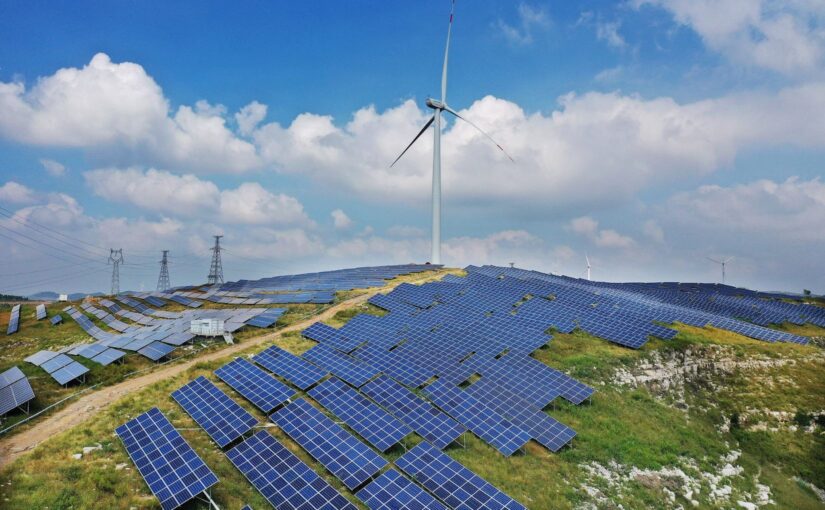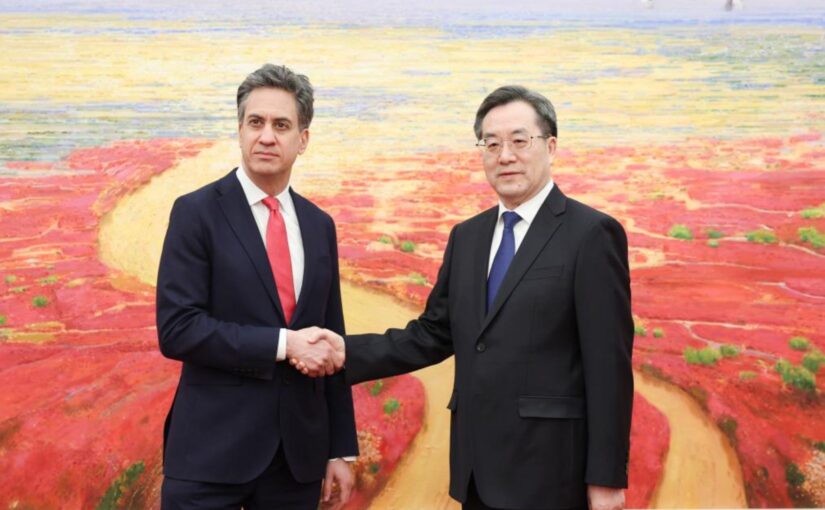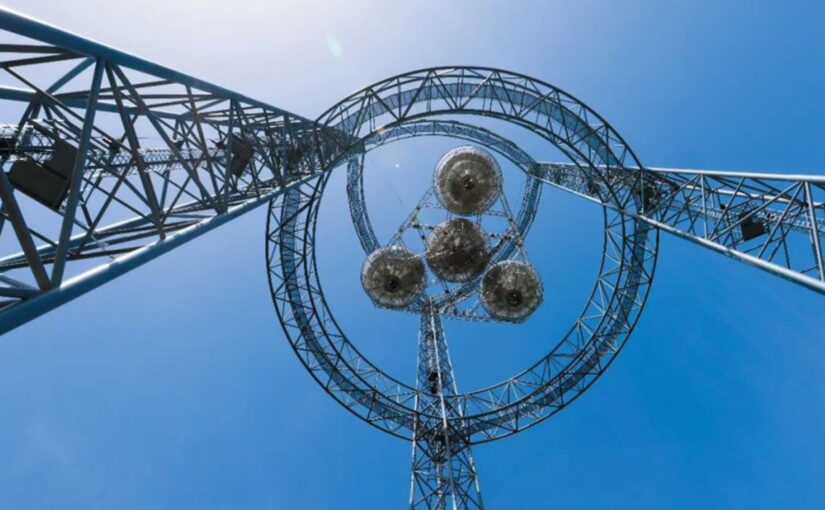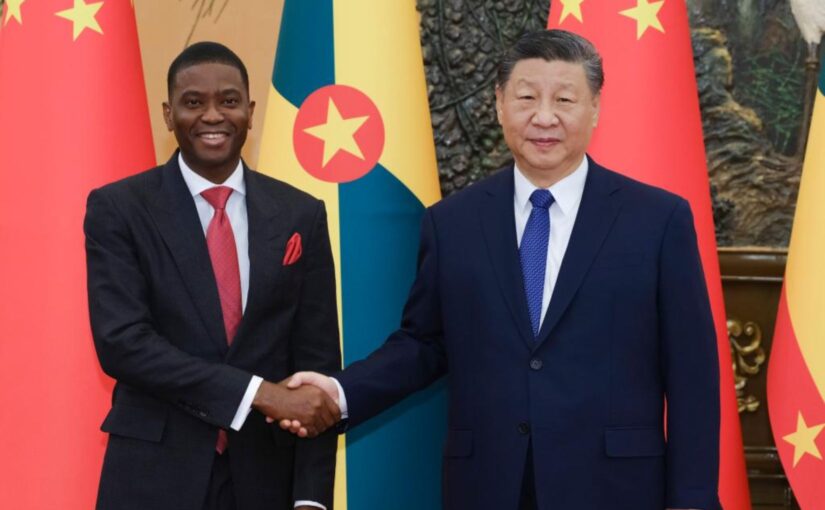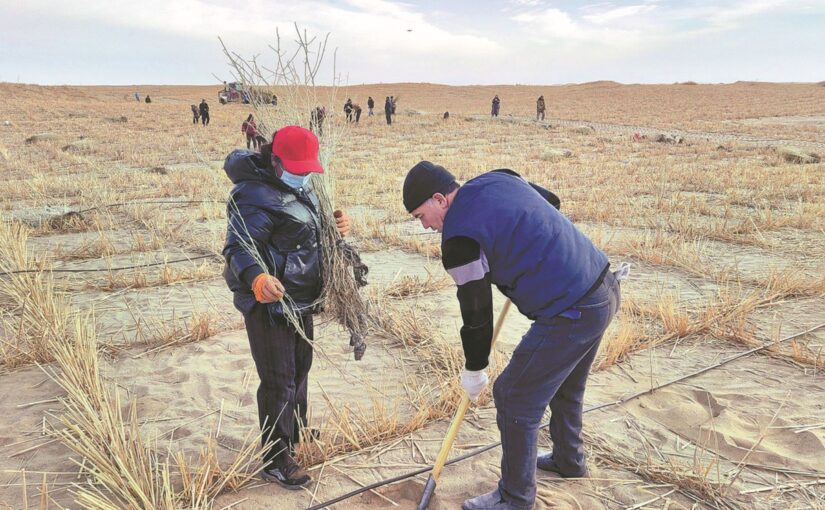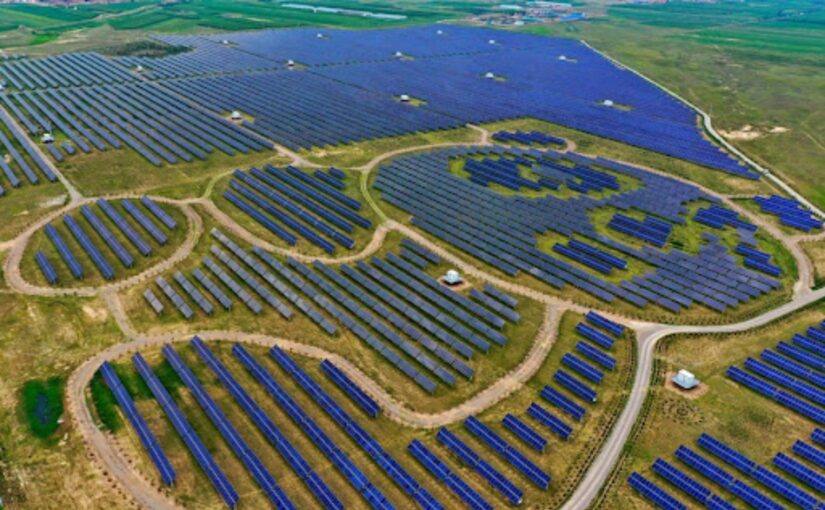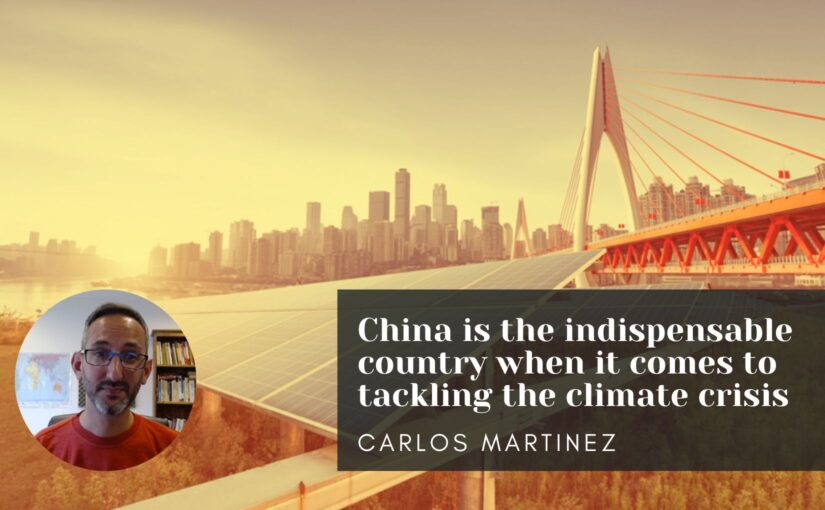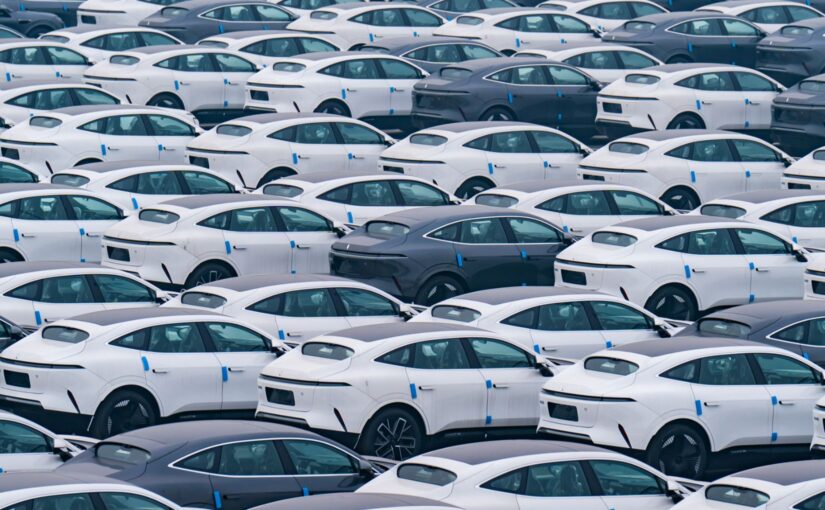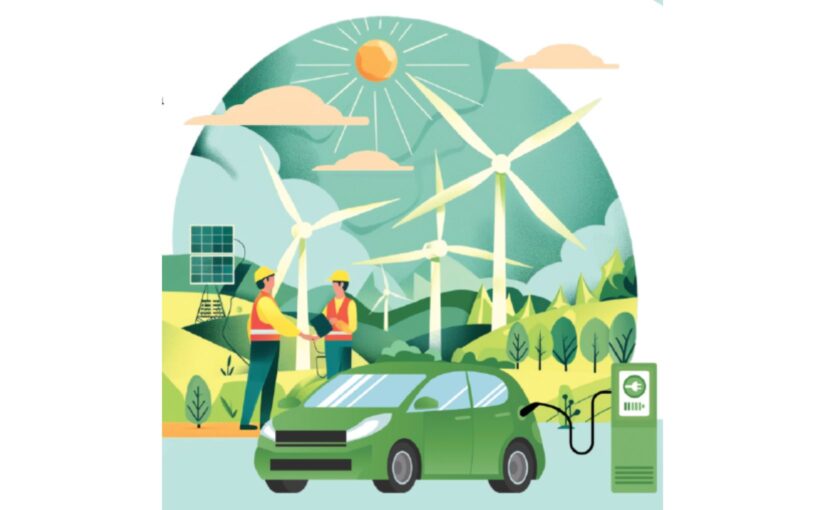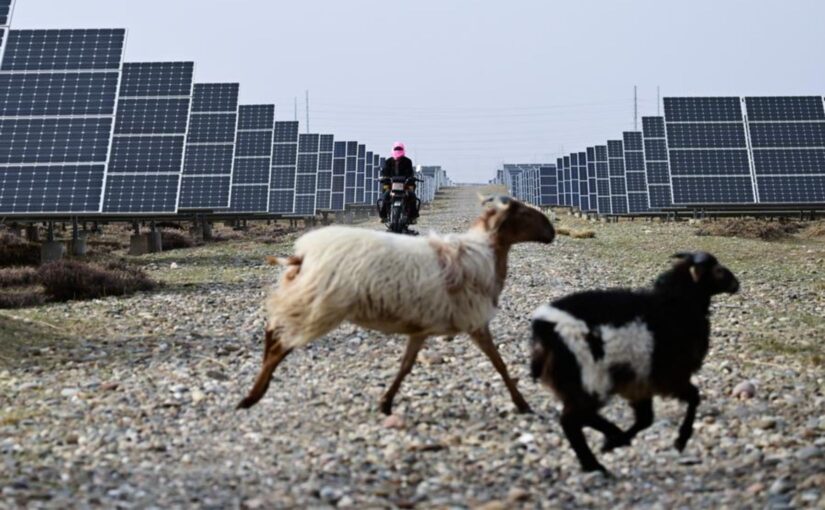The following article by Douglas Rooney, originally published on Li Jingjing’s China Up Close blog, explores the concept of ecological civilisation in depth.
While the phrase is most often associated with President Xi Jinping – who has made it a central theme of Chinese governance – the concept has deep roots in Chinese culture, and is closely connected to the idea of harmony with nature. Doug notes: “The concept of an ‘ecological civilisation’ was first proposed by European researchers in the late 1960s. The term began to be used by Chinese academics in the 1980s and quickly gained in popularity among scientists and researchers. In the 1990s and early 2000s, prominent politicians such as Hu Jintao and Xi Jinping began to push for theories of ecological civilisation to be adopted as Chinese government policy.”
Doug explains that the concept of ecological civilisation became firmly embedded in China’s political mainstream in the 2000s, and is by now widely understood and embraced by the Chinese people. Its acceptance is partly due to its resonance with traditional culture, but also due to the way it has been linked to the country’s modernisation project and improvement of living conditions. In short, “the construction of China’s ecological civilization has created an environment in which investing in the green transition is a good way to make money… China has achieved remarkable progress on the environment by demonstrating to normal people as well as to business and community leaders that they need not choose between the environment and economic prosperity. Indeed, preserving the environment and tackling pollution can often be a route to economic prosperity.”
The results speak for themselves:
The scale of China’s green transformation in the last few decades is truly staggering. In 2023 alone, China would spend more on its green transition than the rest of the world combined and accounted for 75% of the global wind farm and the majority of solar panel installations. China’s EV batteries account for 60% of the global market. Around 40% of the world’s hydrogen refueling stations are in China, along with the world’s largest green hydrogen project and the world’s first zero-carbon factory.
Furthermore, with the Trump administration in the US pursuing a strategy of environmental recklessness, China is more critical than ever to the global green transition. “East Africa’s largest solar power plant was built by China, as was the Der Aar Wind Farm, one of South Africa’s largest. China was also behind Suriname’s hybrid microgrid solar power project, which ended rural reliance on diesel for the generation of electricity. They also helped build Brazil’s colossal Belo Monte Hydropower plant. As the United States returns to climate denial under the Trump administration, China will be the Global South’s only realistic partner in achieving a green transition that still delivers industrial development.”
Douglas Rooney is a Scottish Christian Socialist, currently working in Beijing.
In 2005, Xi Jinping, then secretary of Zhejiang Province, wrote an article in the Zhejiang Daily newspaper called “Green Mountains and Clear Waters are also Gold and Silver Mountains.” The article argued in favour of Hu Jintao’s concept of the scientific outlook of development, which emphasized the harmony between humanity and nature and underlined that while economic development was vitally important, this could not come at the expense of the environment. This would become known as the “Two Mountains Theory.”
Upon becoming president in 2012, Xi would make the “Two Mountains Theory” a cornerstone of the Chinese government’s approach to development. However, the concept underpinning his “Two Mountains Theory” – that of an ecological civilization – did not originate with Xi. Instead, his 2005 article and the green policies he has championed, first as secretary of Zhejiang and later as president of China, are part of a larger movement within Chinese society that was inspired by theories of ecological civilization coming out of the European scientific community in the 1960s and 1970s. What Xi and other leading Chinese theorists did was to fit these concepts into the Chinese context. Today, China has made the concept of an ecological civilization very much its own, and, I would argue, you cannot understand contemporary China without first understanding what China means when it talks about its ecological civilization.
Continue reading China’s Ecological Civilization explained